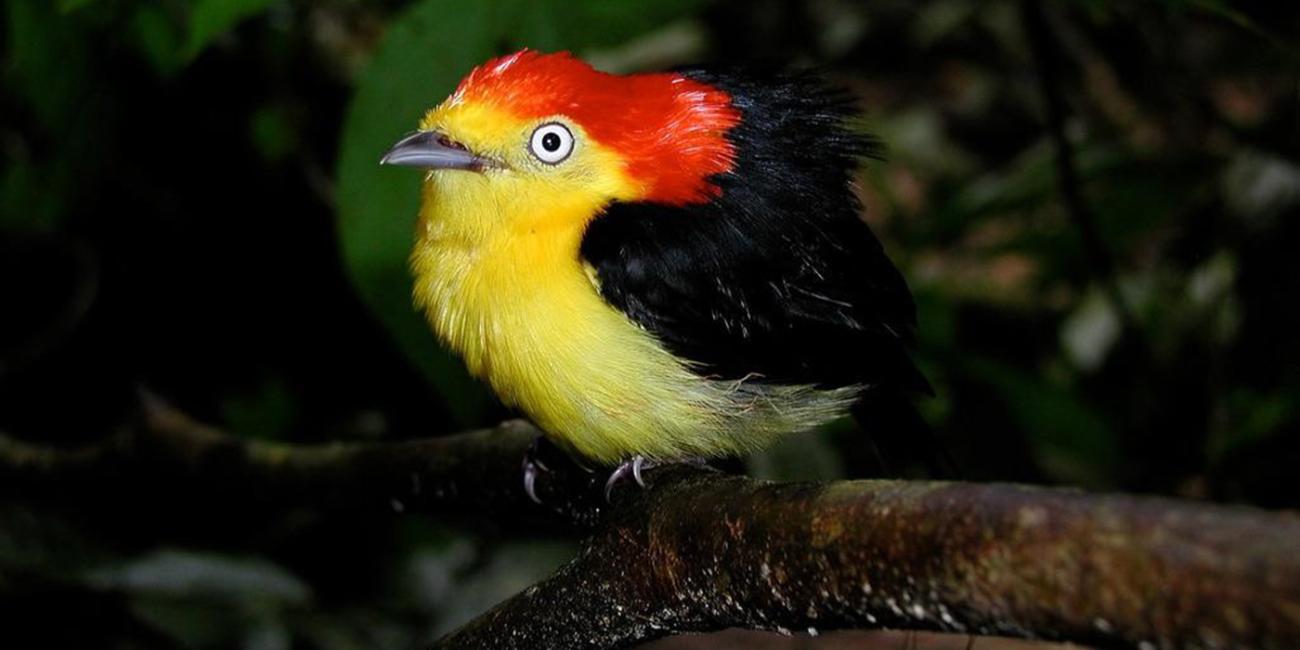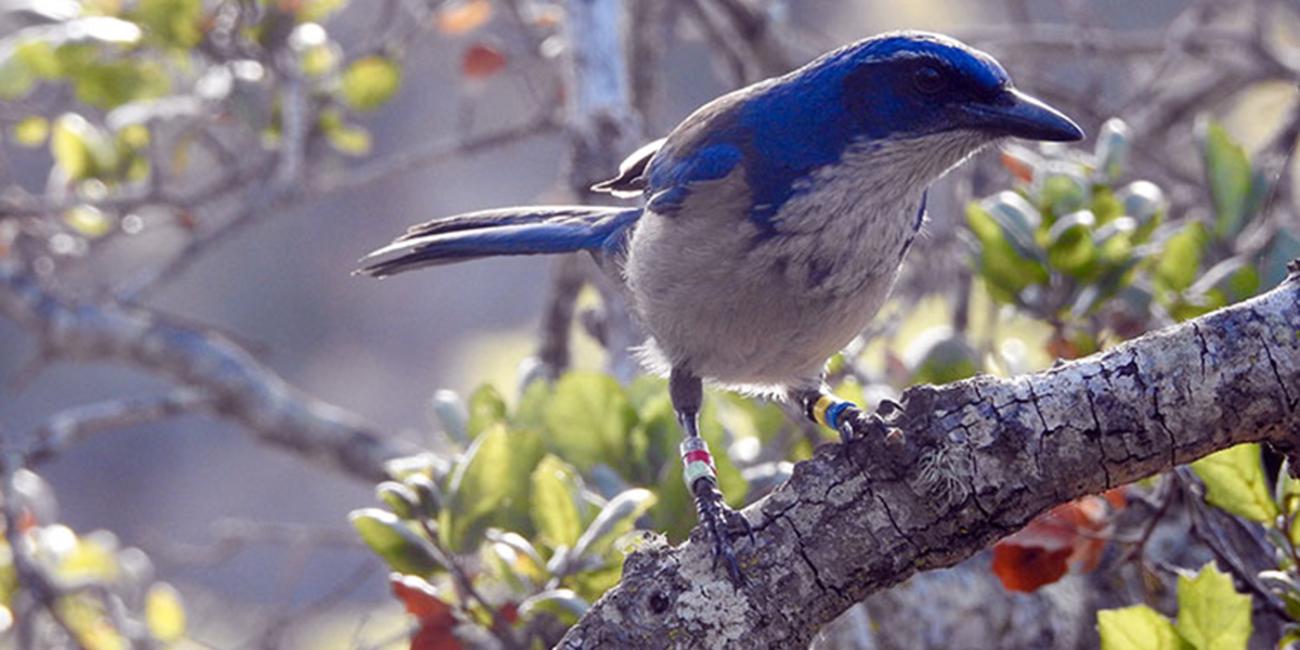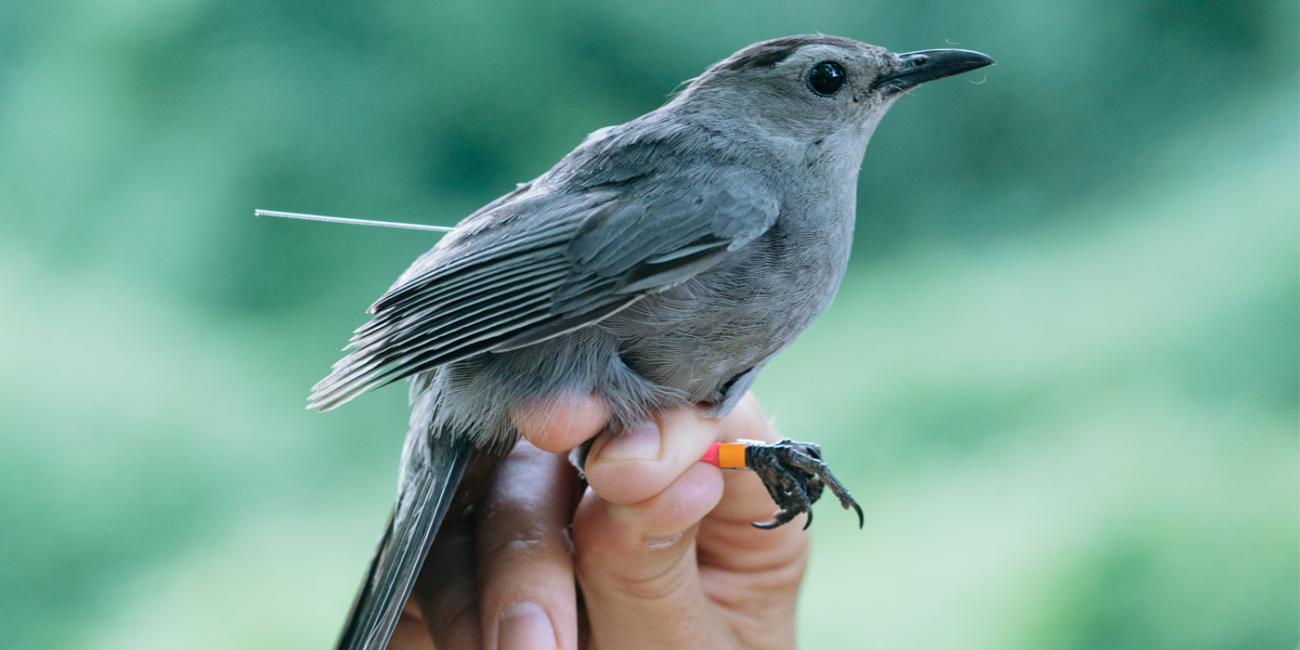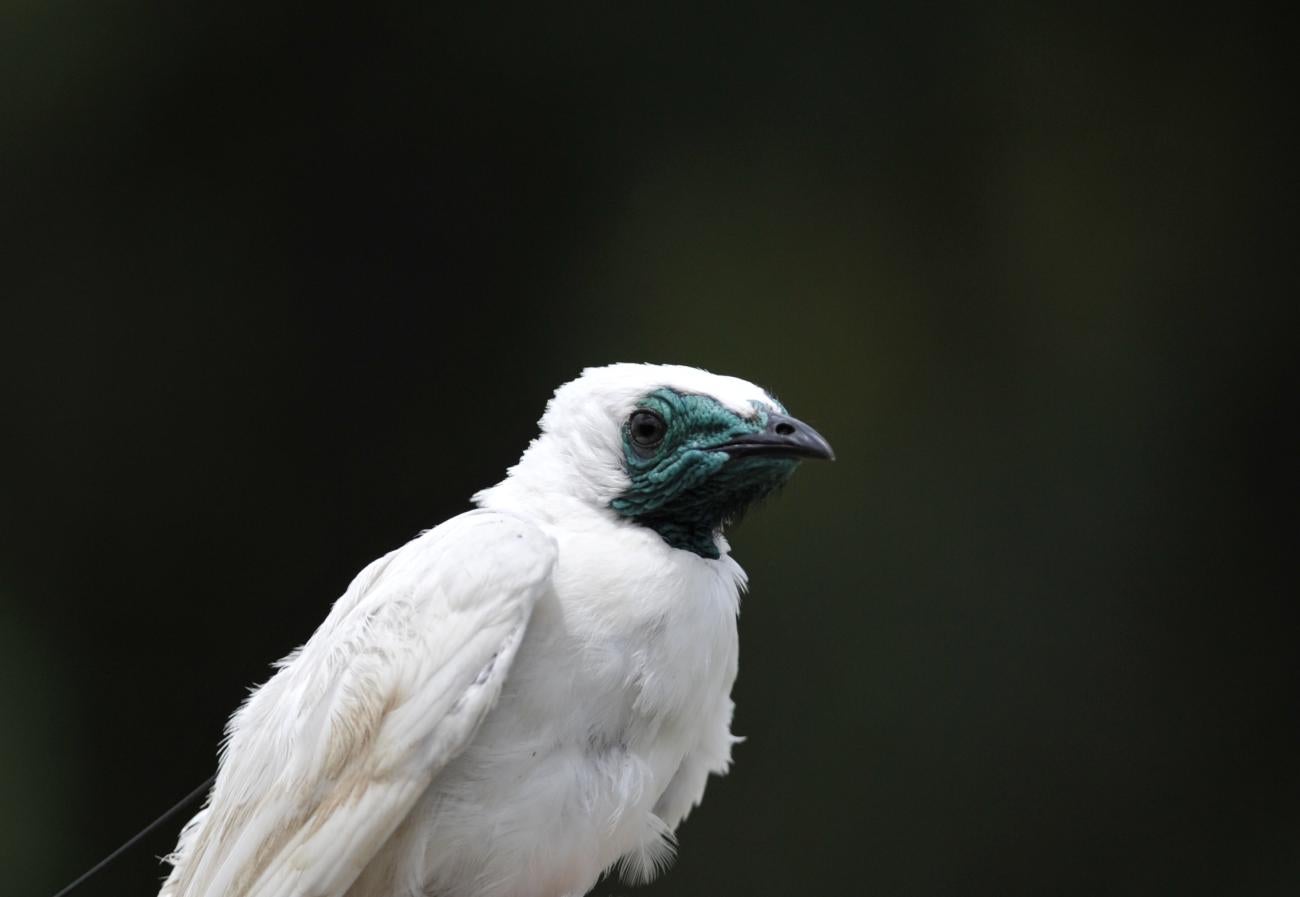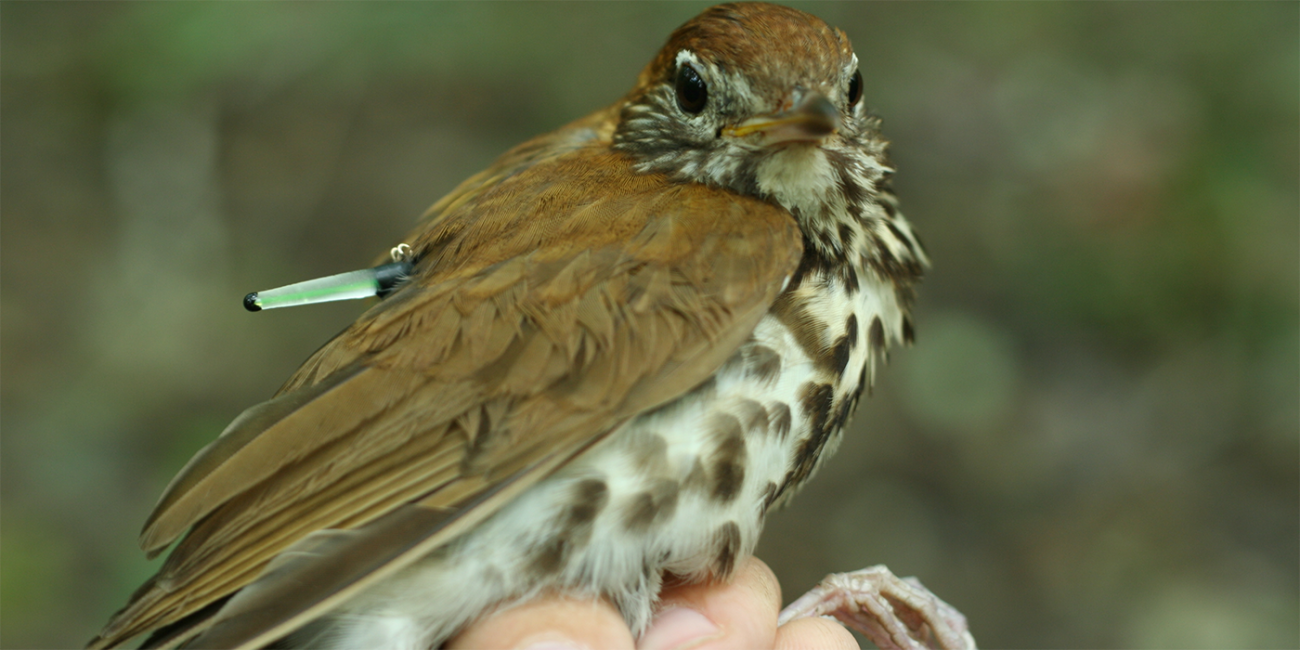Biography
Brandt Ryder is a research scientist at the Smithsonian Conservation Biology Institute’s Migratory Bird Center, which studies avian demography and behavior with an overarching focus on the grand phenomenon of migration. At the individual level, Ryder's research interests are focused on the mechanistic basis of adaptive behavioral variation. At the population level, he studies the causes of avian population declines. His research integrates field and experimental approaches, molecular and endocrine methods, as well as statistical and network modeling to answer questions about ecology, evolution and conservation of both migrant and resident birds.
Ryder's projects include:
- Quantifying the full-annual cycle drivers of population dynamics in migratory birds
- Understanding how hormone-regulatory networks modulate behavioral phenotype and social structure in wire-tailed manakins
- Characterizing the demographic, micro-evolutionary, social and dispersal dynamics of island scrub jays
- Individual repeatability in migration strategies and non-breeding carry-over effects in gray catbirds
-
Fision-fusion flock network dynamics and non-breeding space use in blue jays
-
Intra-tropical and comparative migration strategies of birds in South America
-
Environmental impacts on breeding and molt phenology in black-throated blue warblers
As part of the Smithsonian Migratory Bird Center, Ryder's research leverages novel tracking technologies (coded-tags, proximity data logging, GPS tags and geolocators) to understand the causes and consequences of behavior, social structure, population dynamics and movement. He is an expert on avian social behavior and demography with projects spanning from north temperate deciduous forests to tropical rainforests. His work at SCBI is leading the field of behavioral by assessing how environmentally induced changes in behavior scale up to influence population processes.
Ryder completed a bachelor’s of science in wildlife biology from Unity College in Maine in 1999. He received his Ph.D in biology from the University of Missouri-St. Louis in 2008, and did a postdoctoral fellowship with Peter Marra at the Smithsonian Migratory Bird Center from 2008 to 2010. From 2010 to 2014, Ryder was a trust fund research scientist at SMBC and became a full-time staff scientist in 2014. Since the completion of his Ph.D, Ryder has published more than 40 papers in journals including, Behavioral Ecology, Biology Letters, Conservation Biology, Ecological Applications, Ecology, Journal of Applied Ecology, Nature Communications and Proceedings for the Royal Society.
When Ryder is not out banding and tagging birds, analyzing data or writing manuscripts, he enjoys photography, organic gardening, playing old-time music and running. Ryder lives in northwest Washington, D.C., with his wife, daughter and three German shepherds.
